Online Education vs. Remote Teaching (Part 1 of 4)
KRISTEN FERGUSON
Teaching online is a unique experience. Professors of all ages, past experiences, and disciplines approach their first online teaching assignment with much anxiety, some anticipation, and often lots of uncertainty. They typically question if online education really is educationally equivalent, if it really can serve the purpose of transformation, and if the technology will be too much of a barrier to the teaching.
Those professors - prior to COVID-19 - would typically have the opportunity to work up to that first teaching assignment months ahead of time. They may sit down with an instructional designer or director of online education to talk about their syllabus and carefully consider how each learning objective can be accomplished in the online format. Once the curriculum was planned in detail, educational technology tools chosen, and a schedule of development set in place, the professor would work on that plan piece by piece with the consultation of the online education team. The course would be assembled prior to term, and the online team would be available for adjustments or support during the term as needed. After the first term, special consideration for the evaluation of the new course would help the professor and team make improvements for the next offering.
When I speak with professors after their first semester teaching online, they are often relieved, encouraged, and excited about what they have learned. They comment about being surprised at the engagement students have online, the quality of work submitted, and the possibilities that they see for their next offering. Even more so, I see professors consider how to improve their face-to-face courses because they have gone through such a careful process of thinking about how to accomplish their learning objectives in new ways. Although they are still learning the online environment and continue to have questions about how to do a number of things online, they are most often positive about the experience and their own growth as an instructor.
That typical online teaching experience is not what we are encountering during the COVID-19 pandemic. Online education has been well-researched and tracked over the last two decades. Best practices have been fine-tuned to optimize learning and transformation. Support systems and development processes have been created so that professors can transition to online education with relative confidence. But in this current scenario, we are lacking something very important and necessary to implement all of these things – time.
In Motion
LeRoy Ford, in his book A Curriculum Design Manual for Theological Education, makes a joke about curriculum changes being akin to changing a tire on a moving truck. I think that's a very fitting description of our emergency transition to online education. The semester was already moving along, the syllabus already set, students working on assignments due later in the semester, and the pace of the course already in place. Then, abruptly, we move to the online environment which would typically require countless changes to curriculum, pace, tools, assignments, communication, etc. With the course already in motion, it is very difficult to adjust to the new delivery system appropriately.
Instead of the typical experience of online education, many institutions are implementing remote teaching in which the class period is simply moved to Zoom or another video conferencing software, as one article describes. With gratitude that we can still even offer courses in the pandemic, we must also realize that teaching remotely in this emergency scenario is not the same as the careful and detailed preparation that typically accompanies moving a course online. For example:
Ideally, online educators would recommend evaluating your learning objectives to determine which assignments and tools would best accomplish them in the online environment.
Ideally, online educators would like you to follow best practices for video creation and/or live class meetings (like short and topical rather than a large block of time).
Ideally, online educators would help you understand that online community creation is accomplished by intentional and planned interaction.
Ideally, online educators would like to design your Learning Management Course page with user experience theory and universal design in mind.
Understanding the difference between our emergency move to online education and our typical online education can help us evaluate more accurately. Professors need not make determined conclusions about online education in general based on this emergency situation but instead appreciate the monumental shift they accomplished in relatively little time. Institutional leaders need not fret poor student evaluations or feedback about online education but instead prepare for an evaluation of how the emergency itself was handled as a whole and plan ahead for future online offerings. Students need not feel defeated in their learning but instead realize that this was a unique situation that they weathered together. Online educators need not be defensive about the quality of what they do normally because it's not a perfect, one for one comparison.
In the next posts in this series, we will consider how to make remote teaching in this emergency situation the best it can possibly be as we draw from some online education principles. Then, we will discuss how institutions and faculty can prepare for a more “typical” online education experience should we need to do so in the future. And finally, we will take a deep dive into what it looks like to foster community and spiritual formation online.
A response to this article: https://er.educause.edu/articles/2020/3/the-difference-between-emergency-remote-teaching-and-online-learning
Kristen Ferguson (Ed.D.) serves as Director of Online Education at Gateway Seminary.
